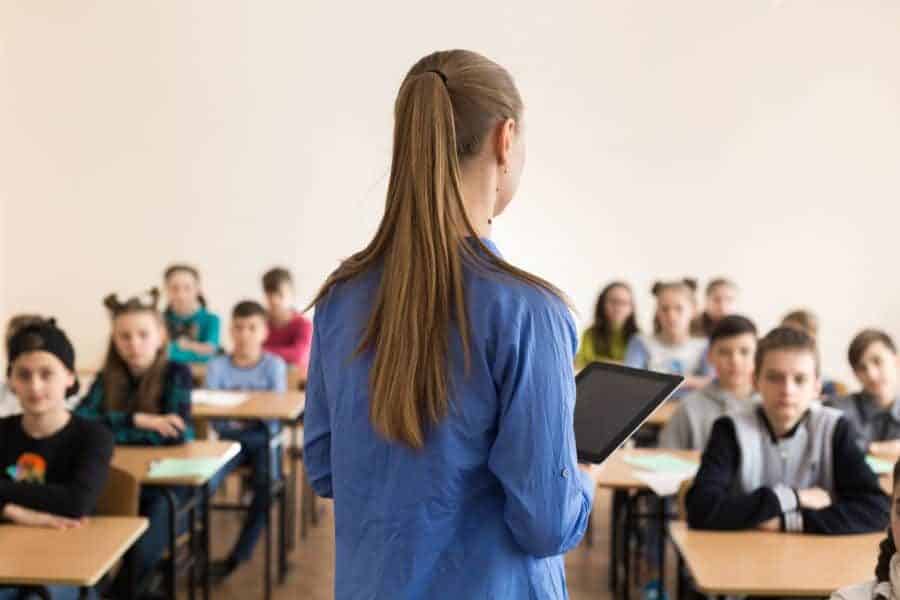Teachers experienced significantly more anxiety during the COVID-19 pandemic than healthcare, office, and other workers, according to new research released today.
Those teaching remotely reported substantially higher rates of depression and feelings of isolation than those teaching in person. The study, published in Educational Researcher, a peer-reviewed journal of the American Educational Research Association, was conducted by Joseph M. Kush at James Madison University and Elena Badillo Goicoechea, Rashelle J. Musci, and Elizabeth A. Stuart at Johns Hopkins University.
The authors found that U.S. teachers were 40 percent more likely to report anxiety symptoms than healthcare workers, 20 percent more likely than office workers, and 30 percent more likely than workers in other occupations, such as military, farming, and legal professions. Among teachers, those who taught remotely were 60 percent more likely to report feelings of isolation than their in-person peers. Female teachers were 70 percent more likely to experience anxiety than male teachers.
“Even before the pandemic, teacher well-being was a major concern for school leaders,” said Kush, an assistant professor of graduate psychology at James Madison University. “Our results demonstrate just how stressful the pandemic has been for teachers, especially those who are female and those who taught remotely.”
Kush said he and his co-authors were surprised that teachers reported significantly higher rates of anxiety than healthcare workers. “We would have guessed healthcare workers battling COVID-19 on the front lines during a public health crisis would display the most anxiety,” said Kush.
The authors also found that, in comparison to teachers, healthcare workers were less likely to report depression and feelings of isolation, although the size of the difference was small.
“Although our study didn’t examine the reasons behind teachers’ anxiety levels,” Kush said, “we might expect particularly high levels of stress due to the uncertainty over how schools were planning to provide instruction, abrupt changes to lesson plans and teaching methods for remote-learning environments, and the rapid adoption of new technologies.”
Across all occupations, women were 90 percent more likely than men to have anxiety and 40 percent more likely to experience depression. Women were also 20 percent more likely to have feelings of isolation.
To examine the mental health of pre-K–12 teachers and professionals in other occupations, the authors used data collected from adult participants between September 8, 2020, and March 28, 2021, from the U.S. COVID-19 Trends and Impact Survey, a large national online survey developed by Carnegie Mellon University’s Delphi Group and Facebook. The survey respondents, who included nearly 3 million employed individuals, including 130,000 teachers, were asked to rate whether they had felt symptoms of anxiety, depression, and isolation during the previous seven days.
According to the authors, their study is the first to empirically assess teacher mental health during the pandemic using a large national dataset, with the results highly generalizable to teachers across the U.S.
Kush said the findings show the need for tools and programs to support and safeguard the mental health of teachers and consistent lines of communication among school leaders, teachers, staff, and students.
“Teachers’ well-being ultimately impacts their ability to effectively teach,” said Kush. “When teachers feel supported, it boosts retention and student learning outcomes. Their voices must be included in decision-making processes, as their well-being is paramount for effective learning environments.”
The authors noted that more data and analyses will be needed to assess how long lasting the impact of the pandemic will be on teachers’ well-being.
Study Citation: Kush, J. M., Badillo Goicoechea, E., Musci, R. J., & Stuart, E. A. (2022). Teacher mental health during the COVID-19 pandemic. Educational Researcher. Prepublished November 15, 2022. https://www.doi.org/10.3102/0013189X221134281.


